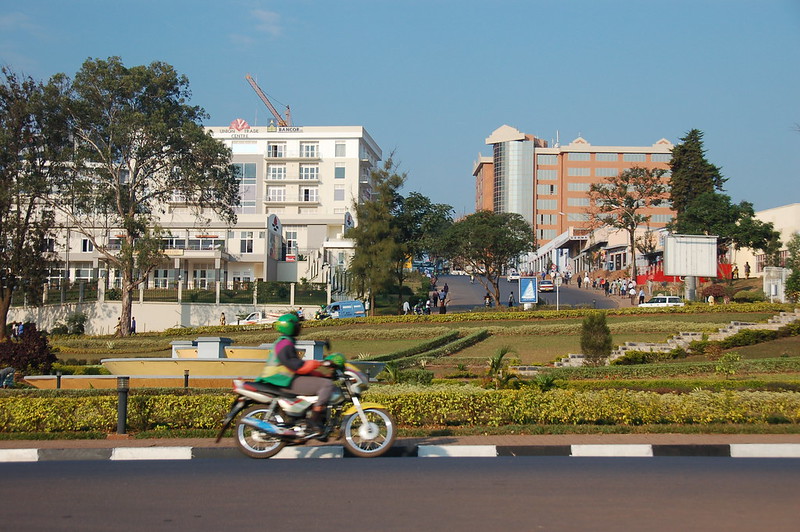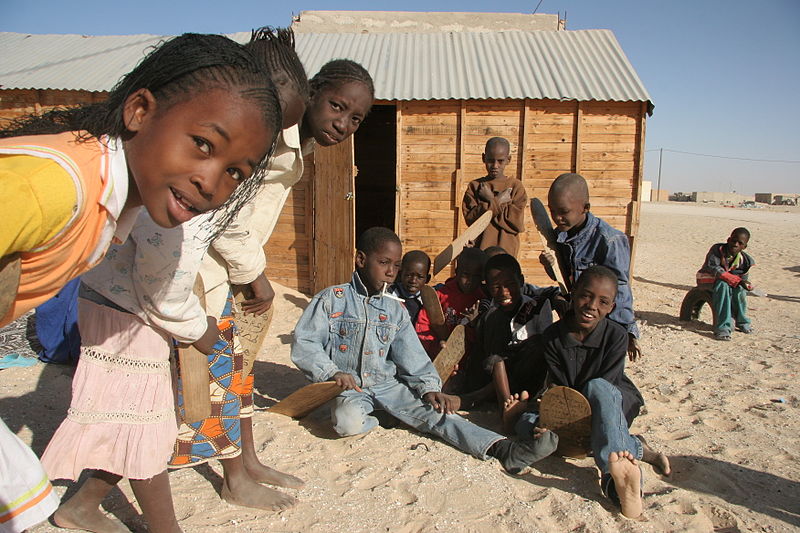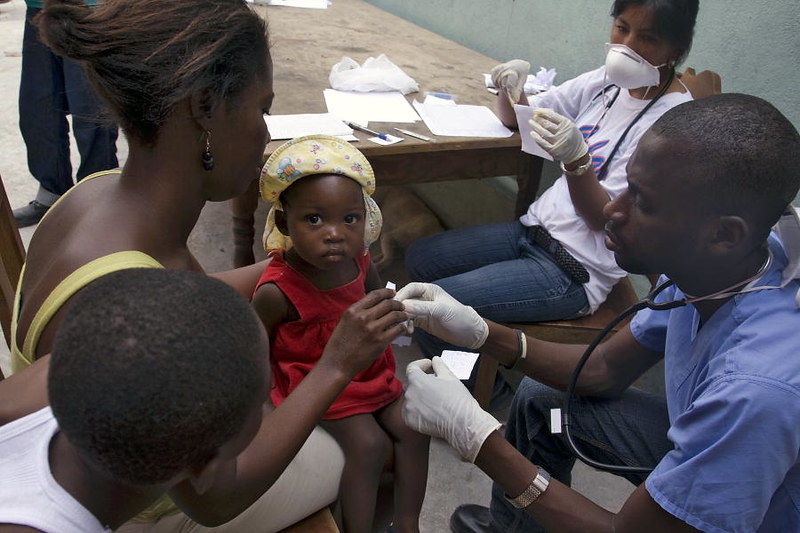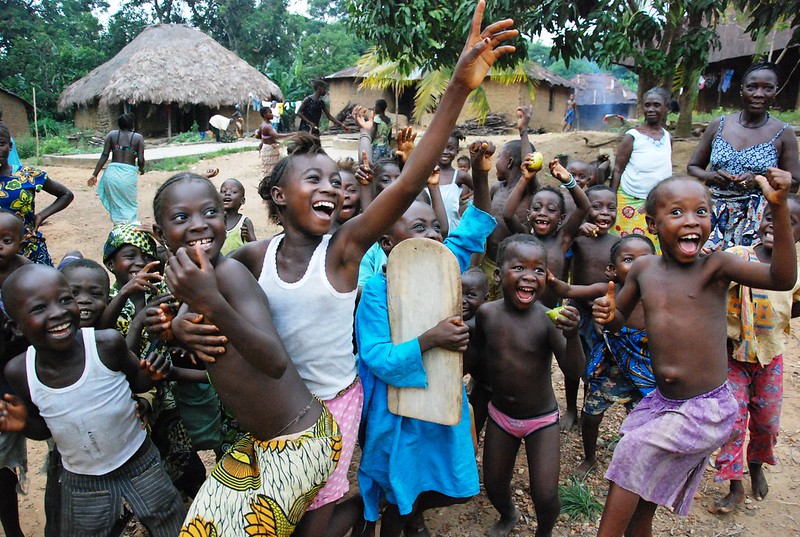 It is upsetting when children witness violence outside their homes. There is a sense of fear about what will happen to their family and homes. As a result, it is easy to kidnap or coerce children into becoming soldiers for the sake of their country. Children experience many different forms of violence. According to UNICEF, “they may be required to participate in harrowing training or initiation ceremonies, to undergo hazardous labor or engage in combat–with a great risk of death, chronic injury and disability.”
It is upsetting when children witness violence outside their homes. There is a sense of fear about what will happen to their family and homes. As a result, it is easy to kidnap or coerce children into becoming soldiers for the sake of their country. Children experience many different forms of violence. According to UNICEF, “they may be required to participate in harrowing training or initiation ceremonies, to undergo hazardous labor or engage in combat–with a great risk of death, chronic injury and disability.”
Between 1991 and 2002 civil war took place in Sierra Leone in which the country “recruited” children as young as 7 years old as soldiers. These child soldiers were “actual” children with families and lived at home but were abducted under the promise of protection and a sense of community as the war was raging, according to UNICEF.
Stigmatization, Poverty and Vengeance
According to Human Rights Watch (HRW), children are more likely to become soldiers when they do not have access to education and live in poverty. Armed groups often make children kill their own families or neighbors to ensure stigmatization, making a child “unable to return to his or her community.”
Sierra Leone has a long history of struggling with poverty and unemployment. According to HRW, “many children join armed groups because of economic and social pressure, or because children believe that the group will offer food or security.”
Ishmael Beah was only 13 years old when the government’s army unit recruited him to fight against Rebel forces, after losing his parents and two brothers. Becoming a soldier out of vengeance for the loss of his family led him to take part in numerous battles. “When you have lost your family and everything, you quickly learn to belong in this group—but to belong to this new group requires violence. Violence becomes the way of showing loyalty,” Beah told UNICEF. Around two years later, when he was 15, UNICEF rescued him and placed him in a rehabilitation home in Freetown.
Ishmael Beah is now a UNICEF Goodwill Ambassador and pledges to help children who suffer from trauma due to violence. There have now been many rehabilitation centers for child soldiers and UNICEF reports the release and reintegration of more than 100,000 children in more than 15 countries struggling with armed conflict since 1998.
Helping Child Soldiers in Sierra Leone
Save the Children began its work in Sierra Leone in 1999 in response to the civil war. After the war, Save the Children’s initial focus was on child reunification in which the organization helped children find their parents or family members and helped those children who had participated in the war as child soldiers. The organization has now implemented its 2022-24 Global Strategy to fulfill the rights of all children, including child protection, education, health and child rights governance.
On February 12, 2002, the U.N. established the Red Hand Day, the International Day Against the Use of Child Soldiers. Red Hand Day became an actual campaign that strives to end the use of child soldiers and to care for and protect former child soldiers, including those who were child soldiers in Sierra Leone.
Save the Children and Red Hand Day offer a glimmer of hope toward peace education, ensuring that no child under the age of 18 will end up in the army, potentially losing their own lives. Ishmael Beah’s experience is among many stories of child soldiers in Sierra Leone that bring to life how wars affect children. Hopefully, others will continue to voice their experience too, helping to end the use of child soldiers and helping provide children with the love and care that they deserve.
– Nevin Guler
Photo: Flickr
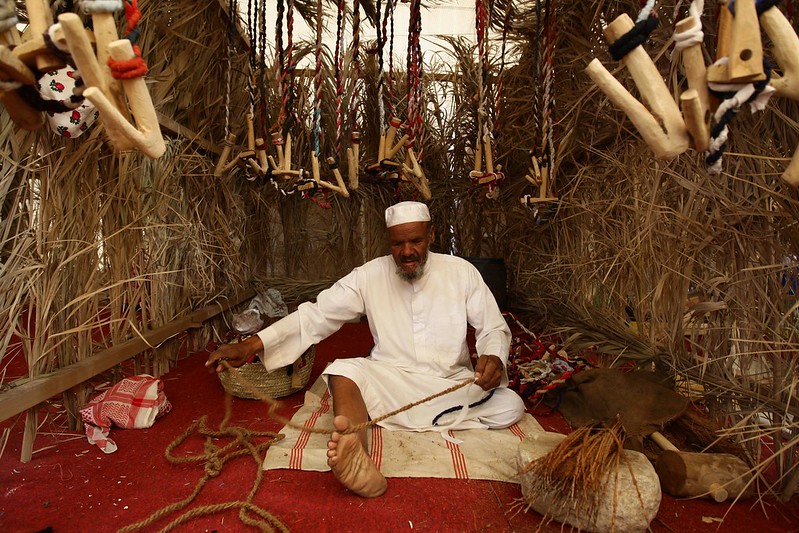 A recent report by Human Rights Watch (HRW) declared that
A recent report by Human Rights Watch (HRW) declared that  Venus Ebony Starr Williams, like her sister Serena Williams, is a professional tennis player. Growing up in a poverty-stricken community, Williams struggled to achieve success. As a former No.1 tennis player, Williams has won several grand slams, including two at the U.S. Open and five at Wimbledon.
Venus Ebony Starr Williams, like her sister Serena Williams, is a professional tennis player. Growing up in a poverty-stricken community, Williams struggled to achieve success. As a former No.1 tennis player, Williams has won several grand slams, including two at the U.S. Open and five at Wimbledon.  The Muslim Rohingya constitute
The Muslim Rohingya constitute 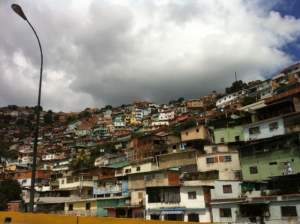 Nicknamed “the Maduro diet” after Venezuelan president Nicolas Maduro, hunger in Venezuela is one of the symptoms of their current humanitarian crisis. Once a thriving and one of the most promising economies in Latin America, and home to the world’s largest oil reserves, Venezuela’s current economy is among the worst in the world.
Nicknamed “the Maduro diet” after Venezuelan president Nicolas Maduro, hunger in Venezuela is one of the symptoms of their current humanitarian crisis. Once a thriving and one of the most promising economies in Latin America, and home to the world’s largest oil reserves, Venezuela’s current economy is among the worst in the world.
